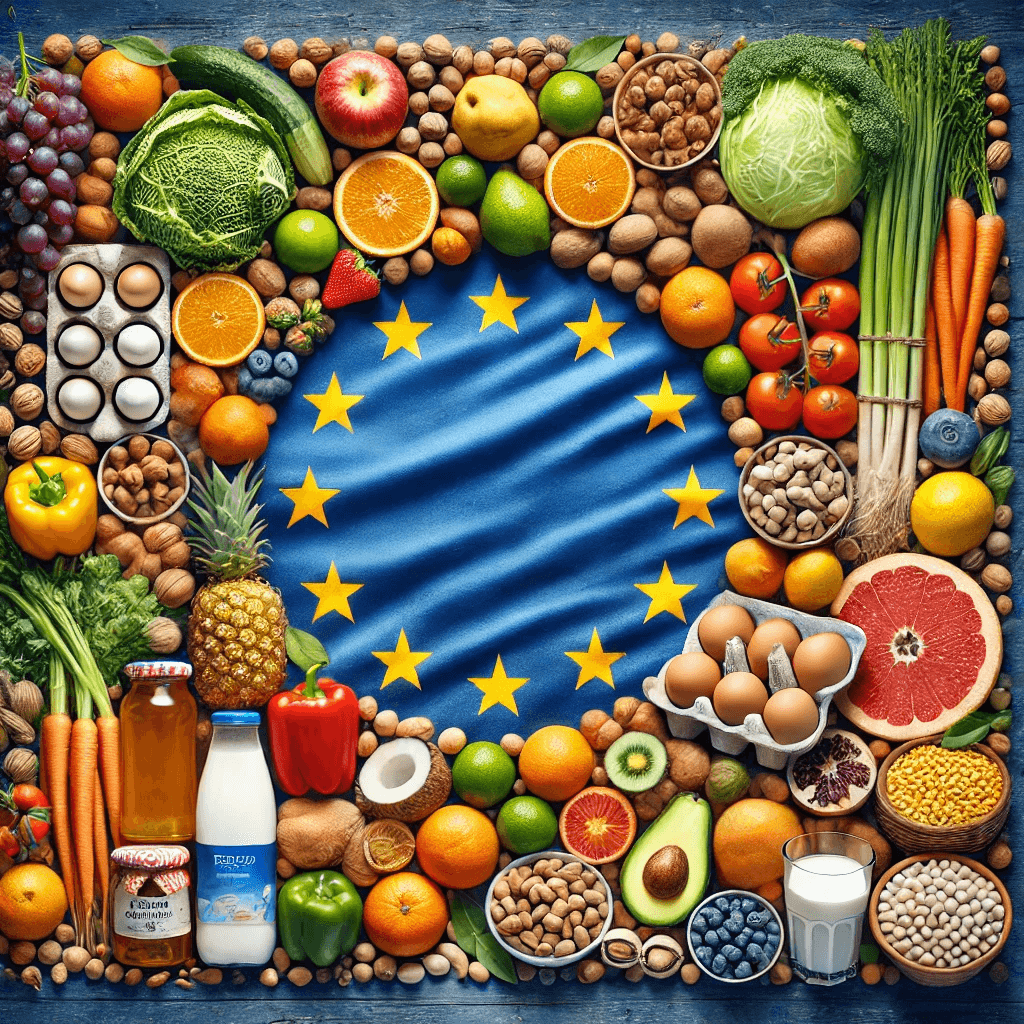
In the production of food and beverages, food colorings are a common additive used. Cosmetics and pharmaceuticals also contain them. What are these colorants used for, and why? There are several natural food color manufacturer in USA. Is there any truth to the claims that artificial colors affect children’s temperament?
A specific color is now considered standard in the minds of consumers. Most consumers assume that a product’s quality or freshness has dipped if it doesn’t meet the standard they’ve set for it. Increasing a product’s visual appeal is a primary motivation for food manufacturers to use dyes and other colorants. Color is also added to foods for the sake of novelty and celebration. Themed foods, such as orange pumpkin-shaped marshmallows or red and green colored sugar cookies, are trendy around holidays like Halloween and Christmas. Companies will even produce a rainbow-colored chip line in response to consumer demand.
When the topic of “what are colorants?” is broached, the answer is always the same: “What are they?” Natural vs. artificial colors are the focus of the question here. Does anyone know what these terms mean, and are they okay to use? Some companies have discontinued using artificial blue colors in their products since 2007. What’s behind this?
For a color to be considered natural, it must be derived from plants, microbes, animals, or minerals. In contrast, chemists created artificial colors in their labs (and sometimes unintentionally). Chemically, color is produced by a chromophore when a molecule contains many double bonds that are conjugated, and the energy difference between two different molecular orbitals falls within what we can see as visible light.
As a result, the study’s findings had to be evaluated by the European Food Safety Authority (EFSA). Color additives are not linked to behavioral effects by “available scientific evidence” for any of the dyes, according to EFSA 2009, which maintained the previously established ADI (acceptable daily intake). There were no behavioral effects in 2009 that led to the reduction of Cochineal Red’s and Sunset Yellow’s ADI; instead, EFSA used the precautionary principle when conducting exposure studies on rats.
As a result of this research, consumers began to question the safety of these chemicals in their food, leading to an upsurge in the anti-chemical movement. On the other hand, consumers still expect their food to be colored the way they want it to be. Food scientists, on the other hand, enjoy a good challenge. As a result, a search was launched for natural substitutes for these synthetic colors. According to an industry report, natural color sales surpassed artificial color sales for the first time in 2013. Many natural food color products manufacturers can help you gather information regarding this topic.
Finding an alternative to synthetic colors took years in some cases. Spirulina extract from the cyanobacteria Spirulina was used to bring back the color blue in Brilliant Blue. Betanin (a red-purple pigment derived from beets), lycopene (a red dye derived from tomatoes), curcumin (a yellow pigment derived from turmeric), chlorophyllin (a green pigment derived from chlorella), and caramel (a red-brown stain derived from heated sugar) are other natural color sources. Thanks to a slew of different sources, the food industry now has enough natural colors to make a rainbow of chips and still satisfy consumer demand.






